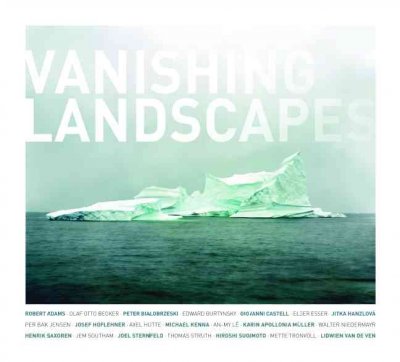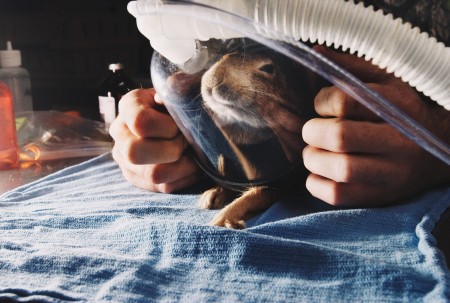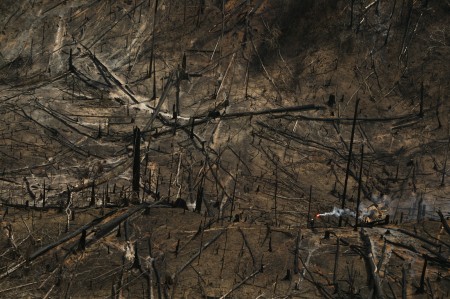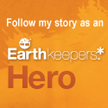I was lucky enough to attend the annual Riverkeeper Art Auction in New York City, this year’s taking place in Frank Gehry’s gorgeous glass IAC building in Chelsea. The event was star studded, with celebrities Richard Gere, Lauren Hutton, Matt Dillon, and Robert F. Kennedy Jr. (who is on the board of directors), hosting. Debbie Harry, aka Blondie, was the entertainment for the evening and brought back some memories for all of us, as well as some dance moves.
If you’re not familiar, Riverkeeper is “an independent, member-supported environmental organization founded on the premise that citizens themselves must roll up their sleeves to defend our waterways. They were originally founded in 1966 by fisherman and local community, to confront polluters for control of the Hudson River. They use a variety of tools to carry out their mission as environmental watchdog and advocate. These tools include: Enforcement and Litigation, Public Policy and Advocacy, Scientific Research, Smart Growth Initiatives, Citizen Watchdogs, Education and Public Awareness, and Grassroots Organizing. They have successfully investigated and prosecuted hundreds of environmental lawbreakers (including General Electric, ExxonMobil, Con Ed, the City of New York, the MTA, and the NY State Dept. of Transportation), and are credited with leading the battle to defend the Hudson River and New York City’s drinking water supply.”
The auction was very successful, due not just to Riverkeeper’s hard work and perseverance toward the cause, but also because of the amazing art work that was donated. Edward Burtynsky, Katherine Wolkoff, Tierney Gearon, Alexander Calder, David Maisel, William Wegman, and many other fantastic artists donated images, unique commissions, or photographs from their collections. But it’s not over yet, partnered with CharityBuzz, an international auction site with unique lots and experiences, has allowed Riverkeeper to maintain several items past their silent and live auction held the other night, one of which is a “study photography trip” to Santorini Greece for you and a guest with photographer William Abranowicz that includes daily photography lessons and excursions. I don’t know about you, but Santorini is sounding pretty good compared to the freezing temps here in New York. To bid on this exciting trip, visit the Riverkeeper Art Auction online via CharityBuzz by clicking here. The auction closes on February 2nd.
And to learn more about Riverkeeper, both for the Hudson as well as the many partner Riverkeepers they have founded all over the country, visit their website www.riverkeeper.org.
Here is a quick sneak peak at some of the photographs still up for bidding until February 2nd. You can click on the images to take you directly to the respective auction lot.







